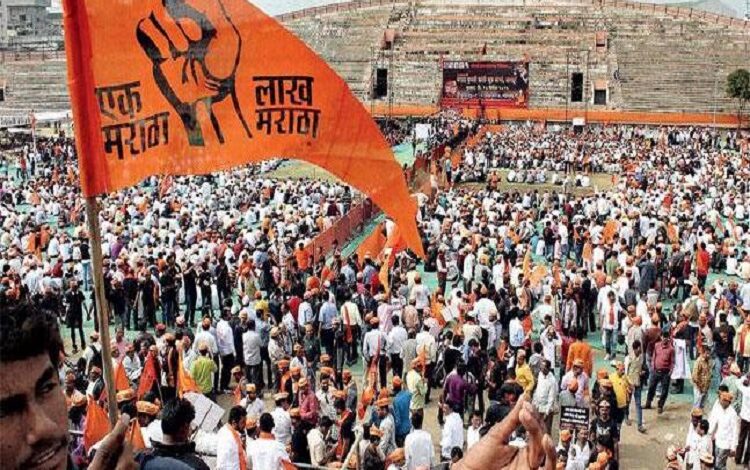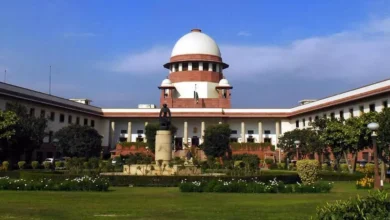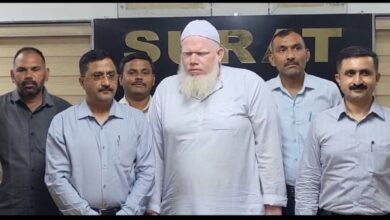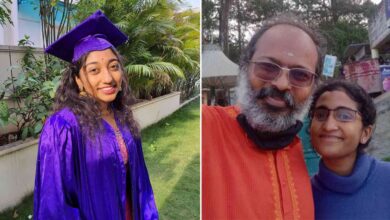
The Maratha quota agitation seems to have got fresh energy and vigour as quota activist Manoj Jarange Patil, who has been on a hunger strike for more than a week has said that the stir will not end till all the Marathas are not given reservation benefits. Agitations across the state have increased to demand reservation in jobs and education and this has led to roads and highways being blocked, state buses being torched and even houses of MLAs being set on fire. As a result of the agitation, several MLAs and MPs across party lines have announced their resignations. This begs us to ask, what is the fuss about the Maratha quota reservation all about?
Before we dwell into the reasons for the demand of reservations and the agitation, we must first understand who are the Marathas and what is their position in Maharashtra. He said to form almost 33% of the state’s population who cover a range of castes from landowners to peasants to warriors. Even inside Marathas, there has been a Kshatriya and Kunbi conflict which has existed from the time of the empire. While, Kshatriyas belong to the warrior clan, Kunbis belong to the agrarian clan. However, in the current scenario most of the Marathas are engaged in agriculture and farming culture. Today, a maximal circle of 96 clans is said to include all true but even this list is said to be highly varied and contested. It is to be noted, that while all are Marathis, not all Marathis are Marathas.
As Marathas form 33% of the state’s population, they are one of the biggest communities in the state and have a massive sway in the state’s politics as well as national politics. Maharashtra has even had Maratha CMs for the last 31 years. So why are they insisting on quota reservations in spite of their massive sway and influence in politics. It should be kept in mind that the call for reservation started out for those that are predominantly farmers with small land holdings that are less than 2 hectares who have been troubled for a long time due to the distress caused by the long and frequent droughts, which is also the reason why the agitation is stronger in the Marathwada region.
The first protest for Maratha quota started out in 1982 by labour union leader Annasaheb Patil who had demanded that reservation be given to the Marathas on the basis of economic grounds. Patil who had threatened to commit suicide if his demands weren’t met, eventually committed suicide when the state government refused to pay heed to his demands. However, the demand for reservation on economic lines turned into demand for a quota on caste lines after the Mandal Commission report in 1990. What seemed to ignite the issue further was when Maratha-Kunbi and Kunbi-Marathas were added in the list of OBCs in 2004, while all other groups which identified as were kept out.
While Maratha groups demanded to be included in the OBC list, other leaders from the OBC communities said that if the ‘powerful ’ were added to the OBC list, then they would eat up the quota meant for the real OBCs. Later, in 2014, a panel headed by then Maharashtra CM Narayan Rane recommended a 16% quota for Marathas and 5% for Muslims. However, the Maharashtra government’s move was stayed by the Bombay High Court. In 2018, we again saw mass agitation from the community for demand of quota reservations after which the BJP-led Devendra Fadnavis government passed a bill giving the Maratha community a 16% reservation in education and jobs.
This is where the trouble for actually securing a quota for Marathas started, as legal troubles and protests against the bill started soon after benefits were given to the community. The reservation was challenged in the Bombay High Court which upheld its validity but reduced the reservation from 16% to 12% in education and 13% in jobs. This judgement was further challenged in the Supreme Court of India which struck down the quota provision in 2021 as it was violating the 50 per cent reservation ceiling in the state as total reservation in the state after reservation would go to 64% in education and 65% in jobs. “The 2018 Maharashtra state law violates the right to equality. We won’t re-examine the 1992 verdict which capped reservation at 50%,” the five-judge bench said. “There is no valid reason to breach the 50 per cent ceiling to give reservations to Marathas,” the Supreme Court said in its verdict in May 2021.
The Indira Sawhney judgement is ultimately the core problem as to why Maratha Reservation hasn’t been a reality till day and remains to stay difficult to achieve as in the 1992 judgment, the court had decided that any reservation over the cap of 50% would not be valid. Meanwhile, there is some little hope as the SC last October agreed to listen to a curative plea on the Maratha reservation by the Maharashtra government.
You might also be intersted in – Maratha outfits stage protest against the Jalna lathi-charge and demand Ajit Pawar to resign from the Shiv Sena-BJP govt



